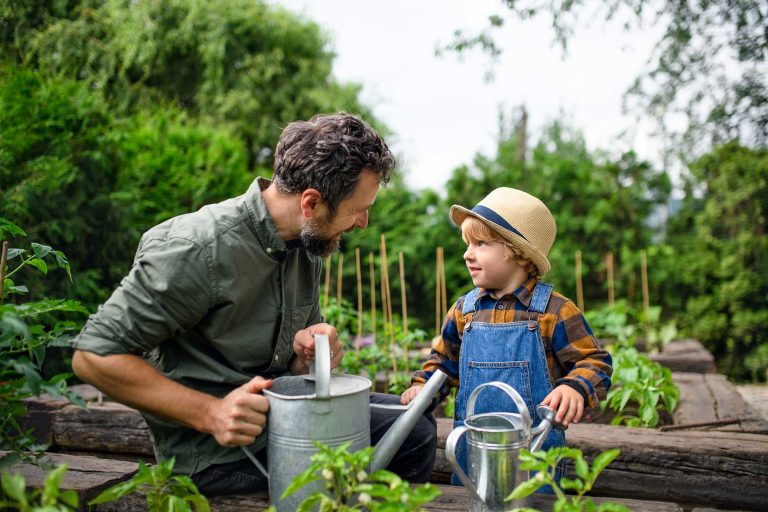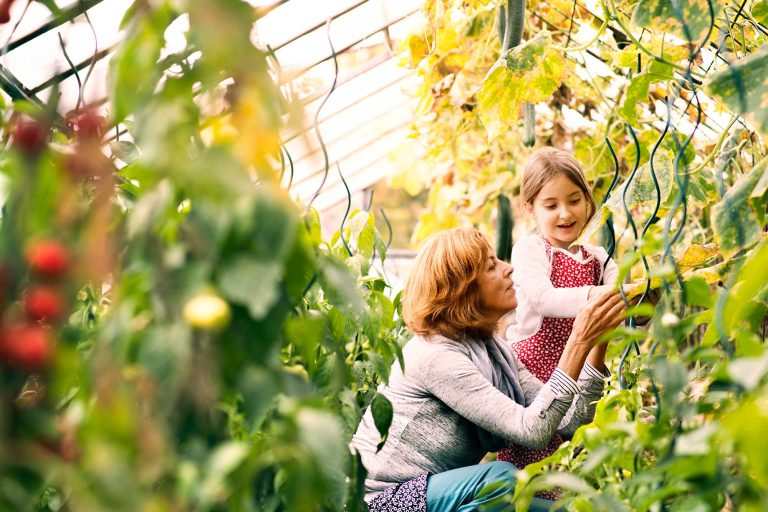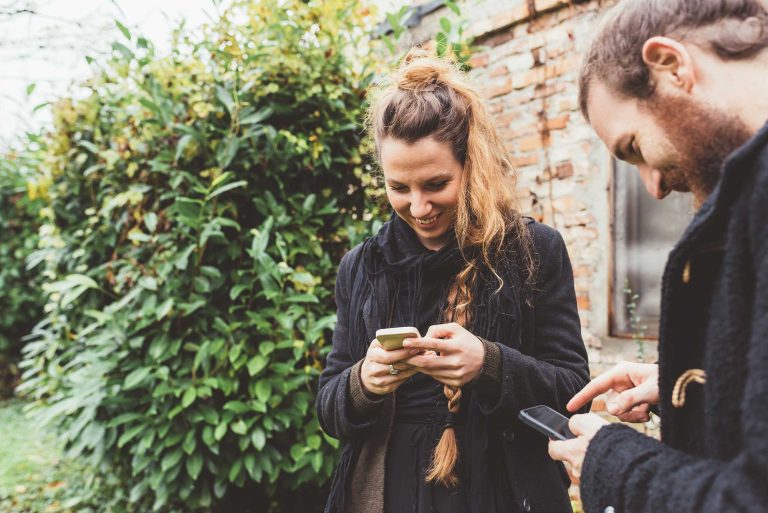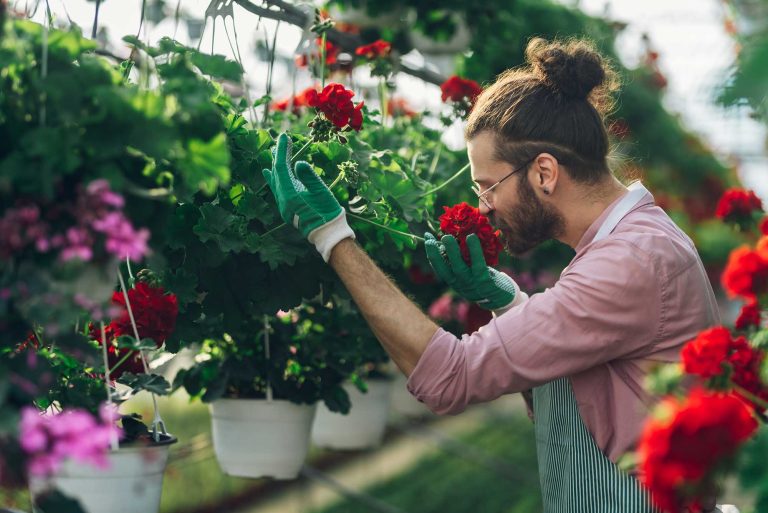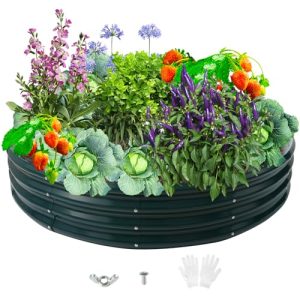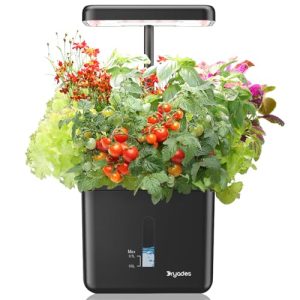Imagine stepping into your garden and seeing vibrant peppers thriving in the perfect spot. That’s what you can achieve by knowing exactly where to plant them.
You might be wondering, “How can I make sure my peppers grow their best? ” Whether you’re a seasoned gardener or just starting out, finding the ideal location for your pepper plants can make all the difference. You’ll discover simple, effective tips to ensure your peppers get the sunlight, soil, and space they need.
By following these guidelines, you’re setting yourself up for a bountiful harvest that will leave your taste buds delighted. Ready to unlock the secrets to growing healthy, flavorful peppers right in your backyard? Let’s dive in.
Ideal Garden Conditions
Finding the perfect spot for your pepper plants in your garden is crucial for ensuring a bountiful harvest. Peppers thrive in specific conditions that cater to their unique needs. By understanding these requirements, you can create an environment where your peppers will flourish. Let’s dive into the ideal garden conditions for growing peppers.
Sunlight Requirements
Peppers are sun-loving plants that need plenty of light to produce vibrant, flavorful fruits. Aim to plant them in a spot that receives at least 6 to 8 hours of direct sunlight daily. More sunlight means healthier plants and a better yield. Notice how your garden’s shadows change throughout the day to avoid inadvertently placing your peppers in too much shade.
Have you ever noticed how plants lean towards sunlight? Your peppers will do the same. By placing them in full sun, you ensure they grow strong and upright, preventing leggy stems and weak growth.
Temperature Considerations
Peppers thrive in warm temperatures, with daytime temperatures between 70°F and 85°F being ideal. They are sensitive to cold; temperatures below 50°F can stunt their growth or even kill the plant. If you live in a cooler climate, consider using raised beds or row covers to keep your peppers warm.
Think about how you can mimic the warmth of summer early in the season. Warming the soil with black plastic or using cloches can give your peppers a head start, especially during chilly spring nights.
Soil Preferences
The right soil can make all the difference for your pepper plants. They prefer well-draining soil that is rich in organic matter. Adding compost or well-rotted manure can boost the soil’s fertility and improve drainage. Test your soil’s pH; peppers thrive in slightly acidic to neutral soil, with a pH of 6.0 to 7.0.
Have you tested your garden soil recently? Knowing its pH can help you make informed decisions about amendments. By tailoring the soil to your peppers’ needs, you set the stage for a successful growing season.

Credit: www.yahoo.com
Spacing And Arrangement
Choose a sunny spot with well-drained soil for planting peppers. Ensure proper spacing of 18-24 inches between plants. This arrangement allows good air circulation, promoting healthy growth.
Spacing and arrangement are crucial when planting peppers in your garden. Proper spacing ensures each plant gets enough sunlight, air, and nutrients. Well-arranged plants produce healthy peppers. Let’s dive into the details of optimal spacing and arrangement for peppers.Distance Between Plants
Peppers need space to grow well. Keep about 18 to 24 inches between each plant. This distance allows air circulation, reducing the risk of disease. It also ensures each plant gets adequate sunlight. Crowded plants may compete for resources, leading to stunted growth.Row And Bed Configuration
Organize your pepper plants in rows or beds. Rows should be about 24 to 36 inches apart. This distance makes it easy to walk between rows for maintenance. Consider raised beds if your soil drains poorly. Raised beds warm up faster and improve drainage. Arrange plants in a staggered pattern for maximum exposure to sunlight.Companion Planting
Companion planting can improve your garden’s productivity. It involves growing plants together that benefit each other. This method can enhance growth and deter pests. Peppers thrive when paired with the right companions. Knowing which plants to grow near peppers can make a big difference.
Beneficial Neighbors
Some plants help peppers grow better. Basil is a great choice. It repels insects and improves pepper flavor. Marigolds keep pests away from peppers. They also add vibrant color to the garden. Onions and garlic deter aphids and other harmful bugs. They also use little space, fitting well with peppers.
Avoiding Bad Companions
Not all plants are good for peppers. Avoid planting peppers near fennel. Fennel can stunt pepper growth. Kohlrabi is also a bad companion. It competes for nutrients, affecting pepper yields. Stay away from planting peppers with cabbage. Cabbage can attract pests that harm peppers.

Credit: savvygardening.com
Peppers In Containers
Plant peppers in a sunny spot in your garden for best growth. Ensure good drainage and space between plants. Use containers to control soil quality and moisture levels.
Peppers in containers offer flexibility for gardeners with limited space. You can grow them on balconies or patios. This method allows control over soil quality and drainage. It’s ideal for those with poor garden soil. Container gardening also helps manage pests and diseases easily.Choosing The Right Container
Select a container with a minimum depth of 12 inches. This ensures enough space for roots to grow. Use pots made of plastic, clay, or ceramic. Each material offers different benefits. Plastic is lightweight and retains moisture. Clay is breathable and prevents root rot. Ensure the container has drainage holes. This prevents water from accumulating and harming the plant.Placement For Optimal Growth
Place containers where they receive full sunlight. Peppers thrive in warm, sunny spots. Aim for at least six hours of sun daily. Position containers near walls or fences. These structures can shield plants from strong winds. Consider moving containers indoors during cold weather. Peppers prefer warm temperatures to flourish.Microclimate Exploitation
Planting peppers in your garden can be more rewarding when you harness the power of microclimates. Microclimates are small areas with different climate conditions than the surrounding region. These unique pockets can dramatically affect your peppers’ growth. By understanding and exploiting these microclimates, you can extend your growing season and improve yield.
Walls and structures in your garden can be your secret allies. They create sheltered spots that protect plants from harsh winds and chilly temperatures. Imagine a warm nook by a brick wall where your peppers thrive. The wall absorbs heat during the day and releases it at night, keeping your plants cozy. Look for sunny spots near fences, sheds, or even large rocks. These areas often have a microclimate that’s perfect for your peppers.
Maximize heat retention to give your peppers a boost. Simple techniques can make a big difference. Consider using black mulch, which absorbs sunlight and warms the soil. You can also place stones around your pepper plants. They capture heat during the day and release it when temperatures drop. If you’re creative, try using water-filled jugs painted black to absorb heat. These techniques can create a microclimate that keeps your peppers snug.
Think about how these strategies can change your gardening game. What if you could grow peppers earlier in the season or extend their harvest time? By exploiting microclimates, you can turn challenges into opportunities. It’s all about finding those hidden gems in your garden and making the most of them. Are you ready to transform your pepper planting experience?
Common Mistakes To Avoid
Choose sunny spots for planting peppers, as they need full sunlight. Avoid areas with poor drainage, as waterlogged soil harms pepper growth. Ensure enough space between plants to prevent overcrowding and promote healthy development.
Growing peppers in your garden can be a rewarding experience, but it’s crucial to avoid common mistakes that can hinder their growth. Paying attention to details like spacing and sunlight can make all the difference between a flourishing pepper plant and one that struggles. Let’s dive into some frequent missteps and how you can steer clear of them to ensure a bountiful harvest.Overcrowding Issues
Planting peppers too close together is a common pitfall for gardeners. When plants are overcrowded, they compete for nutrients, water, and sunlight, which can stunt their growth. Imagine you’re at a crowded concert, struggling to see the stage—your peppers feel the same when crammed together. To avoid this, ensure each pepper plant has enough room to breathe and spread its roots. Check the seed packet or plant label for specific spacing recommendations. Typically, peppers need about 18 to 24 inches of space between them. This allows for optimal air circulation, reducing the risk of diseases.Ignoring Sunlight Needs
Peppers are sun-loving plants and need plenty of sunlight to thrive. Ignoring this requirement is a frequent mistake that can lead to poor yields. Think about how you feel on a gloomy day compared to a sunny one—your peppers need that same energy boost from the sun. Ensure your pepper plants receive at least 6 to 8 hours of direct sunlight each day. If your garden is partially shaded, consider planting peppers in raised beds or containers that can be moved to sunnier spots. Ask yourself: Is there a tree or structure casting shade over your peppers? If so, it might be time to relocate them to a brighter area. By understanding and meeting their sunlight needs, you’re setting the stage for a successful pepper harvest.
Credit: sowrightseeds.com
Frequently Asked Questions
Where Is The Best Spot To Plant Peppers?
Peppers thrive in sunny locations with at least 6-8 hours of sunlight daily. Choose well-drained soil to prevent waterlogging. Avoid shaded areas as they hinder growth. Ensure the spot is sheltered from strong winds. Optimal conditions enhance pepper yield and flavor.
How Close Can Peppers Be Planted Together?
Space peppers 12-24 inches apart for healthy growth. Sufficient spacing prevents overcrowding and promotes air circulation. Proper spacing minimizes disease risk and ensures nutrient access. It also allows peppers to mature fully. Adjust spacing based on pepper variety for best results.
Can Peppers Grow In Shaded Areas?
Peppers require full sun for optimal growth. Shaded areas limit sunlight exposure, affecting plant vigor and yield. Inadequate sunlight can stunt pepper development and reduce fruit production. For best results, select sunny spots in your garden. Ensure minimal shade for healthy pepper plants.
What Type Of Soil Do Peppers Need?
Peppers prefer well-drained, loamy soil rich in organic matter. The ideal soil pH is between 6. 0 and 6. 8. Good drainage prevents root rot and promotes healthy growth. Avoid clay-heavy soil that retains water. Enrich soil with compost for essential nutrients, boosting pepper production.
Conclusion
Planting peppers in the right spot boosts growth and yield. Choose sunny areas with rich, well-drained soil. Space them properly for airflow and sunlight. Water regularly, but avoid soaking the roots. Keep an eye out for pests and diseases. Mulch helps retain moisture and control weeds.
Consider companion plants for natural pest control. With these simple tips, you’ll enjoy a bountiful pepper harvest. Remember, a little planning goes a long way. Happy gardening!

